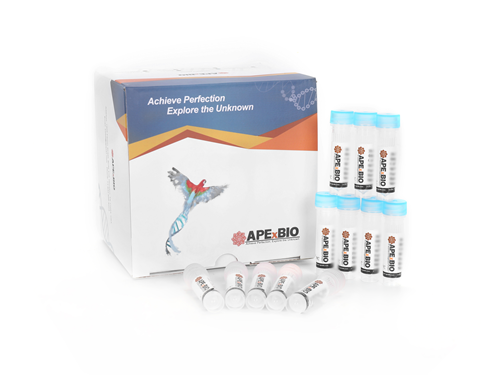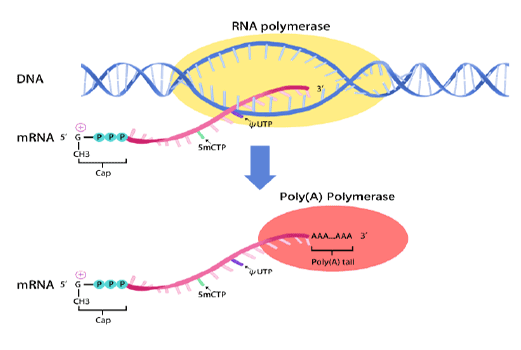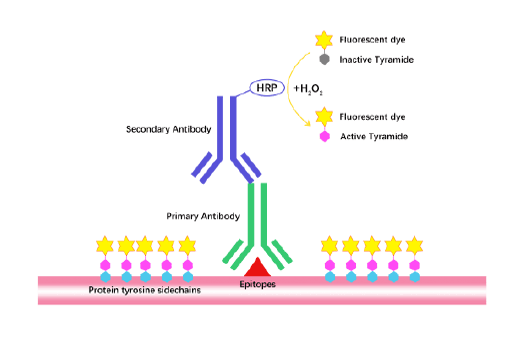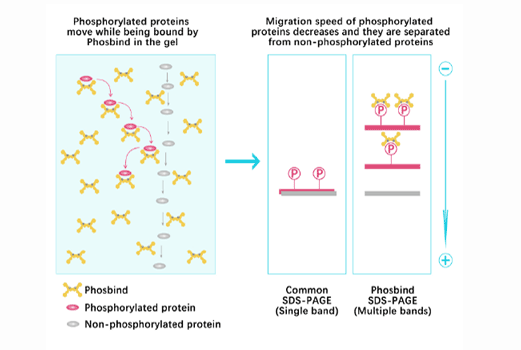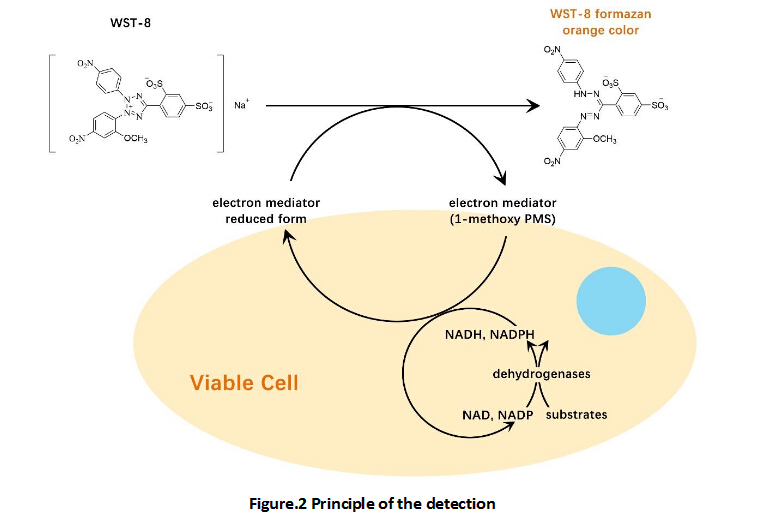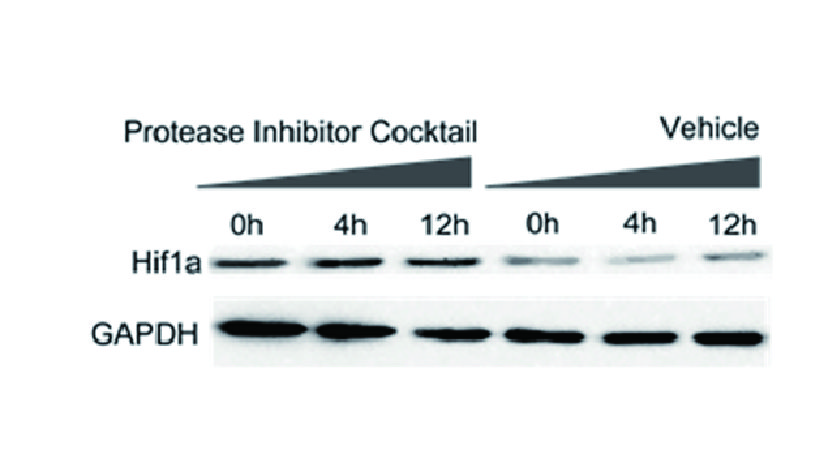EdU Cell Proliferation Kit (TMB)
- 1. Xu Gao, Shuyan Lyu, et al. "Oxyimperatorin Suppresses the Pathologies of Rheumatoid Arthritis and the Growth of Synovial Organoids Through Targeting the PI3K/AKT Pathway." Phytother Res. 2025 Jul 5. doi: 10.1002/ptr.70009 PMID: 40616331
- 2. Xuefen Lin, Jianfeng Zheng, et al. "Mitochondria-related genes as prognostic signature of endometrial cancer and the effect of MACC1 on tumor cells." PLoS One. 2025 May 12;20(5):e0323002 PMID: 40354443
- 3. Zhao‐Xin Zhang, Shu‐Ying Li, et al. "Meisoindigo Acts as a Molecular Glue to Target PKMYT1 for Degradation in Chronic Myeloid Leukemia Therapy." Adv Sci (Weinh). 2025 Jun;12(21):e2413676 PMID: 40279509
- 4. Xiaobin Chi, Zhijian Chen, et al. "Identification and Validation of the Hsa_circ_0001726/miR-140-3p/KRAS Axis in Hepatocellular Carcinoma Based on Microarray Analyses and Experiments." Journal of Clinical and Translational Hepatology 2024;12(11):897-906
Measuring cell proliferation and cell cycle are a fundamental method to assess cell health, determine genotoxicity, and evaluate drug’s pharmacodynamic effect. The common method is measuring DNA synthesis directly. In previous experiments, there are several approaches such as the incorporation of radioactive nucleosides (3H-thymidine) or BrdU. Here, we introduce one new method, click chemistry - CuAAC (Copper-Catalyzed Azide-Alkyne Cycloaddition), and the use of this reaction in direct measurement of S-phase DNA synthesis in cell cycle.
A nucleoside analog of thymidine, EdU (5-ethynyl-2’-deoxyuridine), can be incorporated into DNA strand during DNA synthesis. The alkynyl group of EdU is a biologically inert group that will undergo an extremely selective reaction with dye’s azido via a CuAAC reaction to afford an 1,2,3-triazole product. EdU and Biotin azide possess biologically unique moieties to label DNA of proliferating cells, producing low backgrounds and high detection sensitivities. This CuAAC reaction affords superior regioselectivity and quantitative transformation under extremely mild conditions.
EdU Imaging Kits (TMB) specifically labels the DNA of proliferating cells after biotin azide is ligated to EdU, then adds horseradish peroxidase-labeled streptavidin (HRP-Streptavidin) to bind biotin, developing by TMB chromogen, and finally visualized by microplate reader.
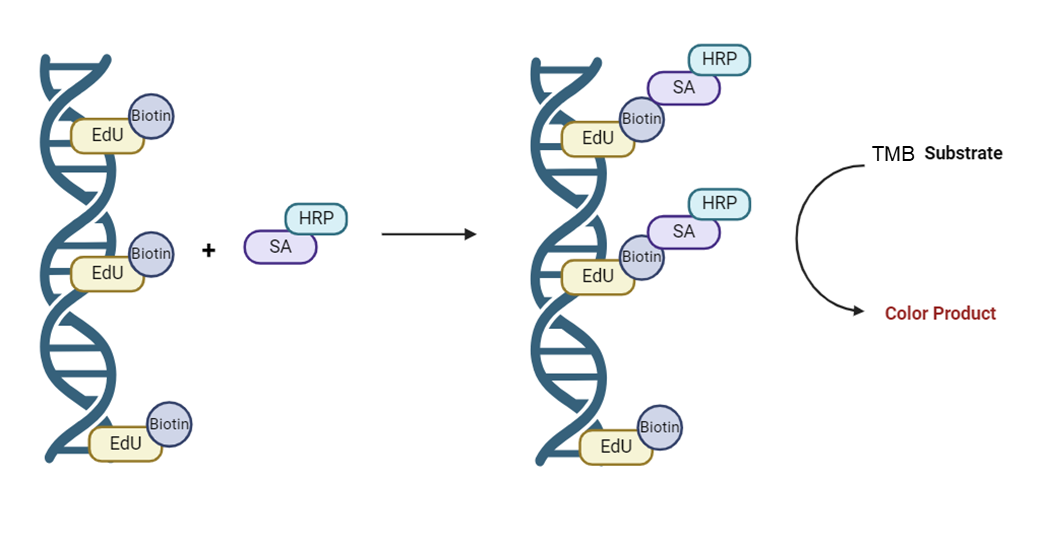
Figure 1: The EdU Imaging Kits (TMB) to detect cell proliferation
| Components |
500 Tests |
2000 Tests |
Storage |
|
EdU 10mM (Component A) |
200 μL |
800 μL |
-20°C |
|
Biotin azide (Component B) |
26 μL |
110 μL |
-20°C away from light |
|
10X EdU Reaction Buffer (Component C) |
3.5 mL |
13 mL |
4°C |
|
CuSO4 (100 mM Aqueous Solution) (Component D) |
1.2 mL |
4.8 mL |
4°C |
|
10X EdU Buffer Additive (Component E) |
1 vial |
4 vials |
-20°C |
|
Streptavidin-HRP (Component F) |
110 μL |
450 μL |
-20°C away from light |
|
Streptavidin-HRP Diluent (Component G) |
10 mL |
40 mL |
-20°C |
|
TMB Chromogen Solution (Component H) |
50 mL |
200 mL |
4°C away from light |
|
Shipping: Blue ice Shelf life: 1 year |
|||



